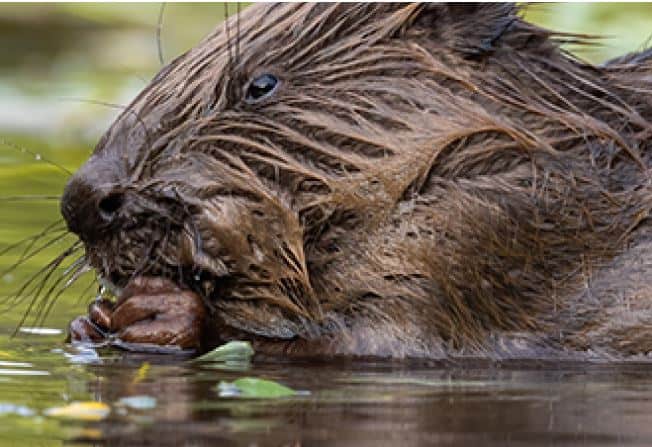
Like Waterkeeper Alliance organizations around the world, the mission of Tualatin Riverkeepers is to protect clean water. For TRK, that means protecting the Tualatin River watershed. Fresh water is essential to nearly every aspect of our lives. It is also a finite (and shrinking) resource, making decisions about who gets to use water, for what purpose and when, a precarious balancing act between competing interests. Agricultural, municipal, and industrial uses typically remove water from a source in direct competition with public uses, such as recreation, fishing, habitat for fish & wildlife, and aesthetics. Water resource managers must balance public rights against private rights; instream, nonconsumptive rights against offstream, consumptive uses; environmental protections against economic development.
Simply put, water rights are complex. Understanding the web of water rights is absolutely critical to our ability to protect clean water. In the United States, formal water management, i.e. water law, is primarily governed at the state level. Generally, despite the scientific reality that surface water and groundwater are inextricably connected, the American legal system treats surface water and groundwater separately. And this is the reason that it’s so critical for TRK to be engaged on bills such as SB 1153, currently in the Oregon legislature. In Oregon, all water is publicly owned. To use water, all individuals or entities (with a few exceptions) must obtain a license or permit from the Oregon Water Resources Department (OWRD). This system records the priority of water rights and allows them to be transferred. Currently, when a water right is transferred (either between users or to a different use), the OWRD does not have to consider environmental impacts—only whether the change would harm existing water rights. SB 1153 would close that loophole.
Learn more about water rights in Oregon and what you can do to ensure that the Tualatin River watershed is protected.